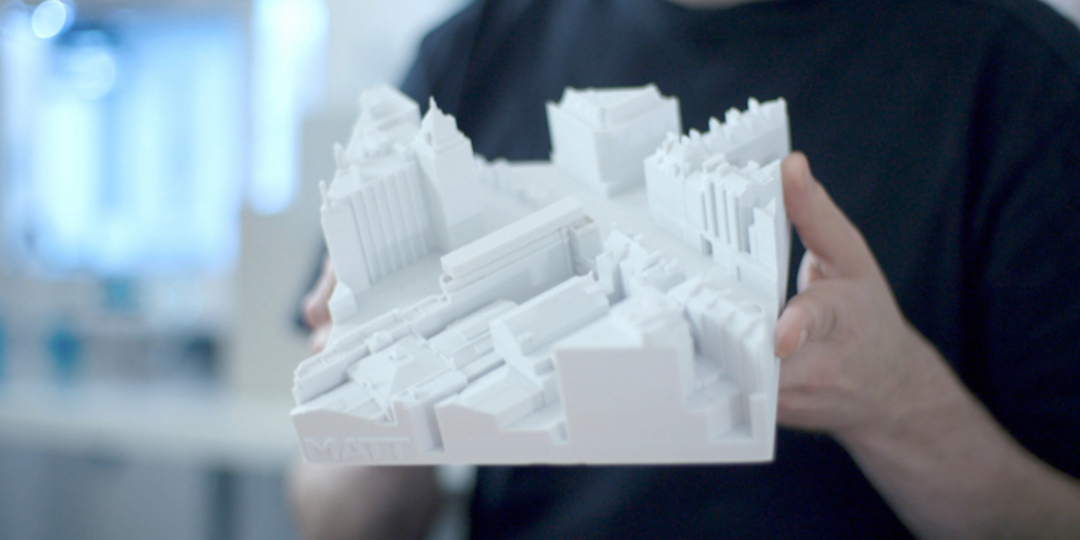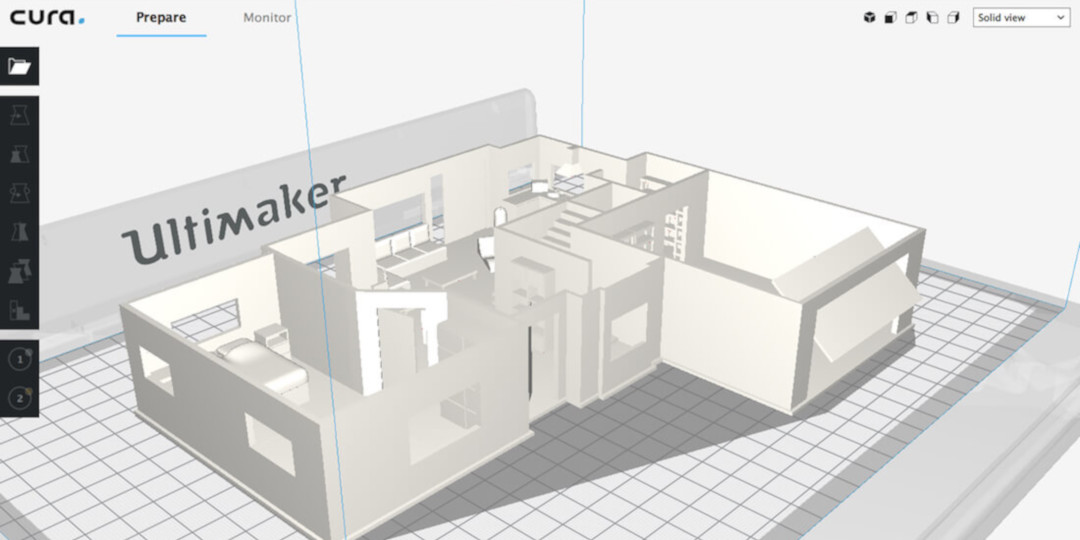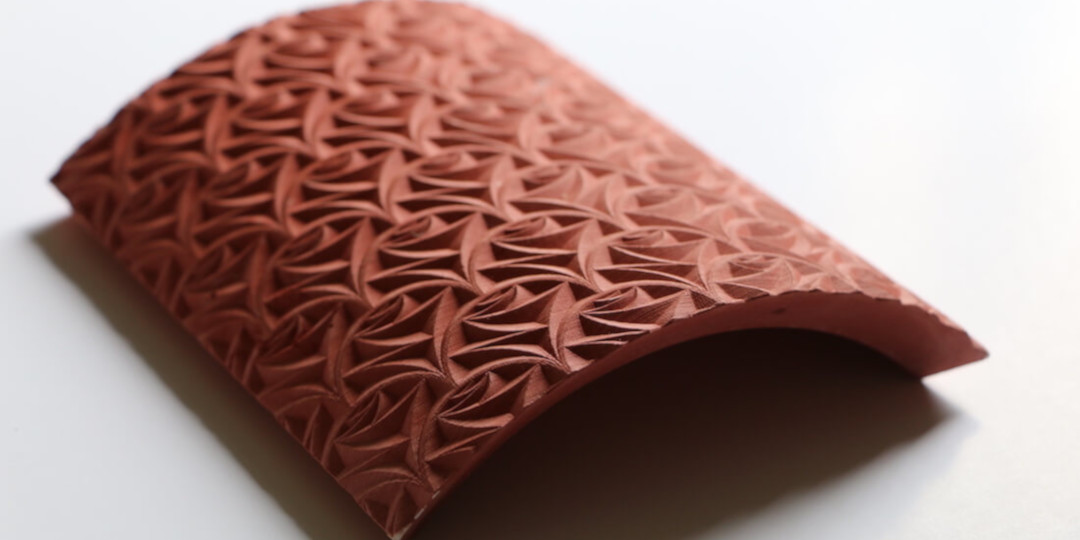For architects, the benefits of having an in-house desktop 3D printer are innumerable. Not only can 3D printing save time and money, but also transform your design workflow. From helping you present concepts to clients faster to allowing for more iterations during the process, 3D printing in architecture makes a lot of sense. Here are six reasons why you should consider one.
1. See the bigger picture
Whether you’re looking at an initial building design, or even a large-scale city model, being able to physically see something creates a lasting impression. Interacting with a project, as opposed to just viewing it on a screen, can be essential in realizing how a design interacts with its environment. It’s also the best way to perceive changes or challenges you may need to overcome. Desktop 3D printing helps architects communicate better – both to clients and colleagues – so that everyone is on the same page from the start.
2. Iterate without wasting resources
One of the biggest benefits of having a desktop 3D printer in-house is that it allows you to immediately respond to real-time feedback from clients, without having to wait for models to be adapted, recreated by hand or shipped. Small changes in a design can be printed over and over again, allowing you to fully understand how much a revision will affect something, and whether or not it will express the aesthetic you’re trying to achieve. With 3D printing, you can bring costs per model down dramatically, freeing up budget to create multiple iterations.
3. Saves you time, saving you money
Traditional model building methods can be time consuming and labor intensive. Although firms can outsource this, it can come at a considerable cost, which means more budget behind a project before you’ve even been awarded the contract. What if you could create a reliable model, complete with sophisticated detailing, all within a matter of days?
Having a desktop 3D printer within reach means you are in control of your modeling. An advanced 3D printer like the Ultimaker S5 has features such as automated build plate leveling and a material flow sensor, so employees don’t have to spend time supervising prints. And Ultimaker Cura’s preconfigured printing material profiles makes the process as simple as clicking a button – so you don’t have to waste time fiddling with sensitive heat settings or worrying about adhesion to the build plate. This lets you get back to doing what’s important – the actual design.
4. Use a range of materials
A variety of 3D printer filaments means that no matter what you want to print, you’ll have the flexibility to create it. Whether you require something that can handle finer details (like an intricate facade) or one that lets you incorporate other model making techniques – there’s a material that works for you. For example, using different tones of white can add a sense of elegance to a model, while finishes like wood or gloss can enhance the overall aesthetic or emphasise how buildings fit into a larger content. An open-filament system like Ultimaker's, lets you use exactly what you want and dissolvable support materials like PVA give you the freedom to realise elaborate designs.
5. Embrace complex designs
For showing off complex designs and details, 3D printing really proves itself as an invaluable tool. Intricate geometries that would normally be a challenge to traditional building models are easily achieved in a 3D print. This enhances the design process so that architects can help clients understand how an elaborate roof or facade will look, or even showcase how sunlight and shadows will play out during the day to create a conversation with the client that brings a building to life.
6. Combine traditional methods with new technologies
While 3D printing can replace traditional model building techniques, it can also add to them. Complex geometric systems and parametric design can be expressed in ways that have never before been possible. Creating building models from scratch is a time honored tradition for architects, but what if you could enhance this with newer technologies? Desktop 3D printing can help architects realize more complex geometric systems, such as parametric designs, so that models can create a strong, tangible impact when presented to clients.
These are just a few examples of how much value a 3D printer can add to your architecture firm. With Ultimaker's ecosystem, you can depend on high-quality prints every time, helping you work more effectively.

























